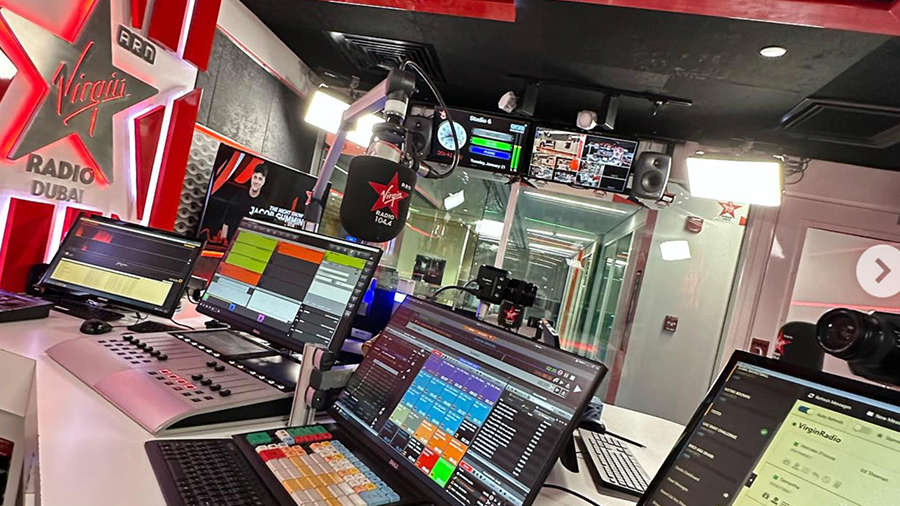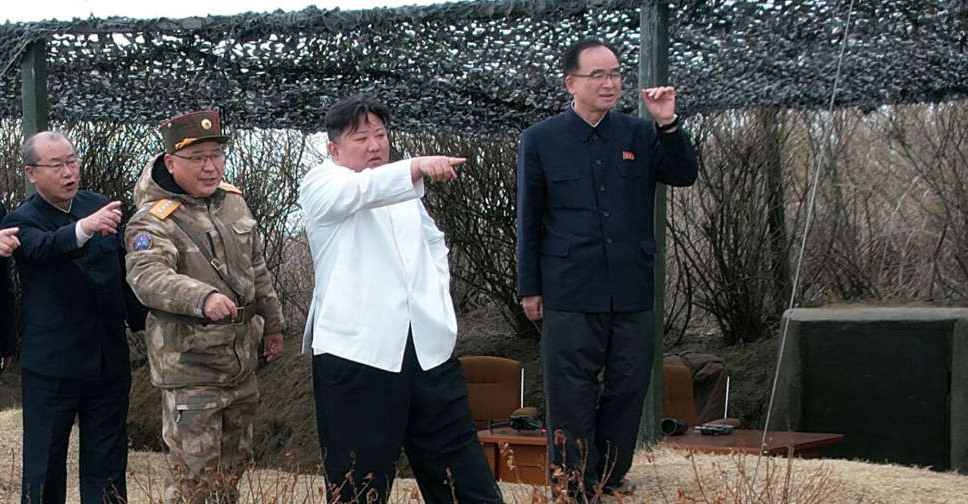
North Korea has tested a new nuclear-capable underwater attack drone that can generate a radioactive tsunami, state media reported on Friday, as it blamed joint military drills by South Korea and the US for raising tensions in the region.
During the drill, the new North Korean drone cruised underwater at a depth of 80 to 150 metres for over 59 hours and detonated in waters off its east coast on Thursday, North Korean state news agency KCNA said.
Dubbed "Haeil", or tsunami, the drone system is intended to make sneak attacks in enemy waters and destroy naval striker groups and major operational ports by making a super-scale radioactive wave through an underwater explosion, the KCNA said.
"This nuclear underwater attack drone can be deployed at any coast and port or towed by a surface ship for operation," the news agency said, adding the test had been overseen by leader Kim Jong Un.
It is unclear whether North Korea has fully developed miniaturised nuclear warheads needed to fit on its smaller weapons.
Analysts say perfecting smaller warheads would most likely be a key goal if the North resumes nuclear testing.
Leif-Eric Easley, a professor at Ewha University in Seoul, said Pyongyang's latest claim to have a nuclear-capable underwater drone "should be met with scepticism".
"But it is clearly intended to show that the Kim regime has so many different means of nuclear attack that any preemptive or decapitation strike against it would fail disastrously," he said.
CRUISE MISSILES
KCNA also confirmed the North fired cruise missiles on Wednesday to practice carrying out tactical nuclear attack missions, confirming earlier reports from the South Korean military.
The cruise missiles were tipped with a "test warhead simulating a nuclear warhead," and flew 1,500-1,800 km, according to KCNA.
The drill verified the reliability of its control devices and detonators in a mid-air explosion and served as a demonstration of another military attack capability, KCNA added.
The North said the latest weapon test and drills had no negative impact on security of the neighbouring countries.
The latest tests took place as South Korean and US troops launched their largest amphibious landing drills in years, involving a US amphibious assault ship, on Monday.
North Korea said the US and South Korea were driving the situation on the Korean peninsula to an "irreversibly dangerous point" with their exercises, and that such moves require its forces to "gird themselves for an all-out war and bolster up its nuclear force both in quality and quantity on a priority basis".
The US ship, USS Makin Island, docked at a naval base in South Korea's southeastern port city of Busan on Wednesday, carrying 10 F-35 stealth fighters.
Pyongyang has long bristled at exercises conducted by South Korean and US forces, saying they are preparation for an invasion of the North.
South Korea and the US say the exercises are purely defensive and have criticised the tests as destablising and in breach of UN sanctions.
The allies concluded 11 days of their regular springtime exercises, called Freedom Shield 23, on Thursday, but they have other field training exercises continuing.




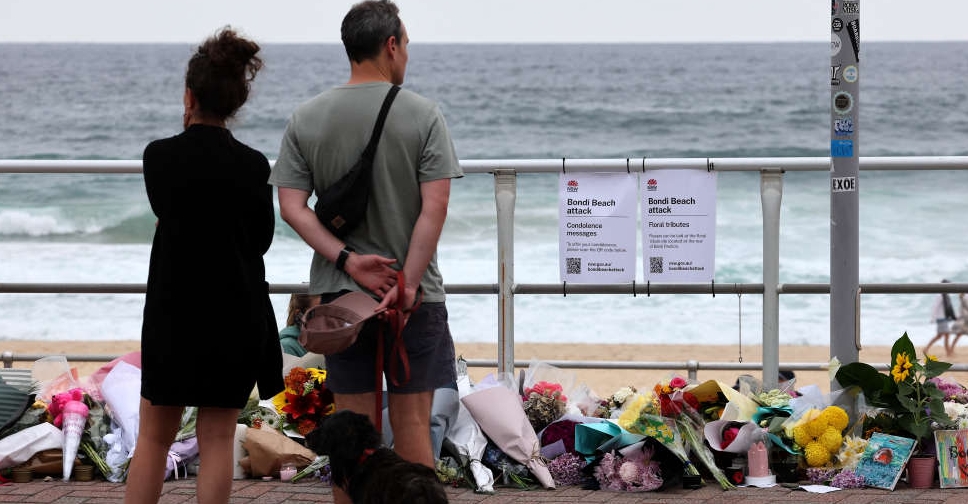 Philippines confirms visit by alleged Bondi gunmen amid terrorism concerns
Philippines confirms visit by alleged Bondi gunmen amid terrorism concerns
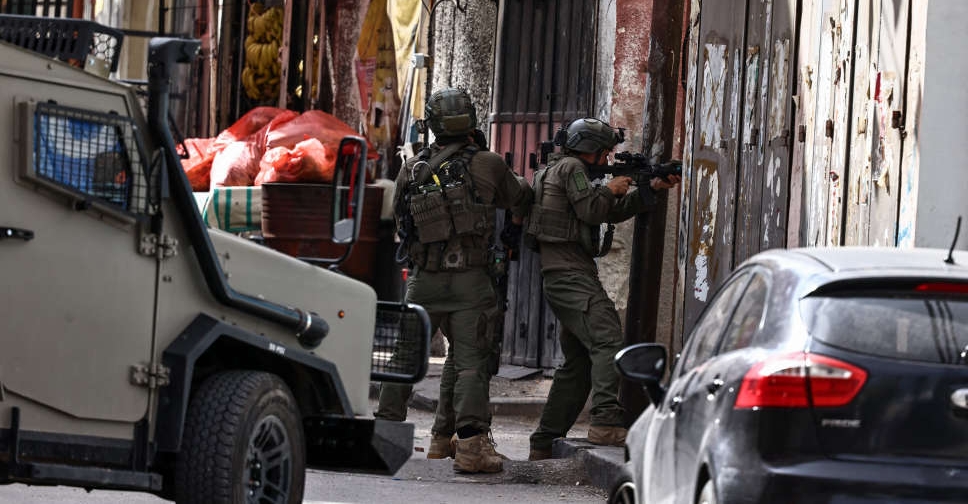 Israeli forces kill Palestinian teen in West Bank, health ministry says
Israeli forces kill Palestinian teen in West Bank, health ministry says
 Trump sues BBC for defamation, seeks up to $10 billion in damages
Trump sues BBC for defamation, seeks up to $10 billion in damages
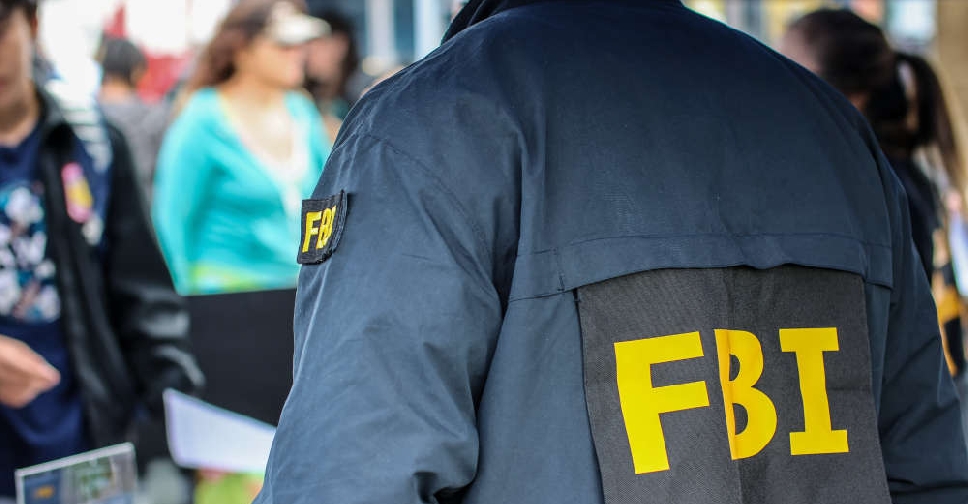 FBI foils 'terror plot' targeting Los Angeles
FBI foils 'terror plot' targeting Los Angeles
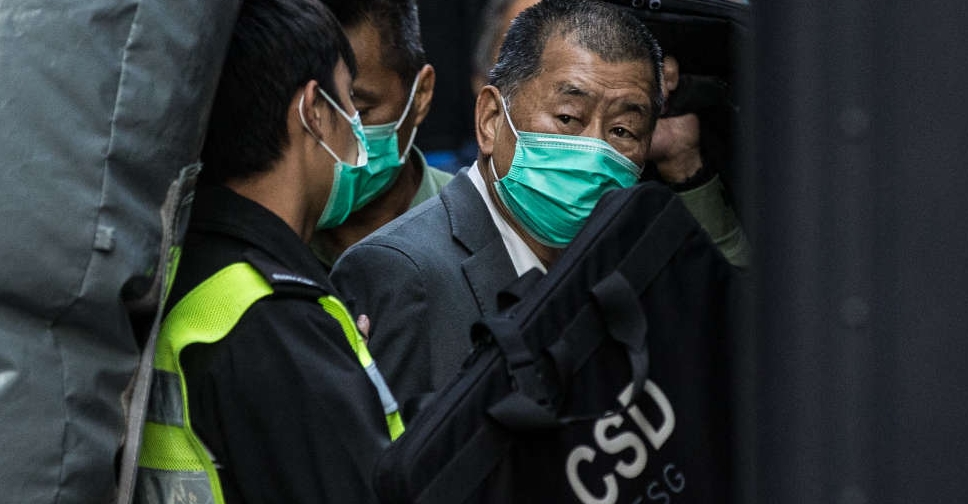 Hong Kong court finds tycoon Jimmy Lai guilty in landmark security trial
Hong Kong court finds tycoon Jimmy Lai guilty in landmark security trial

